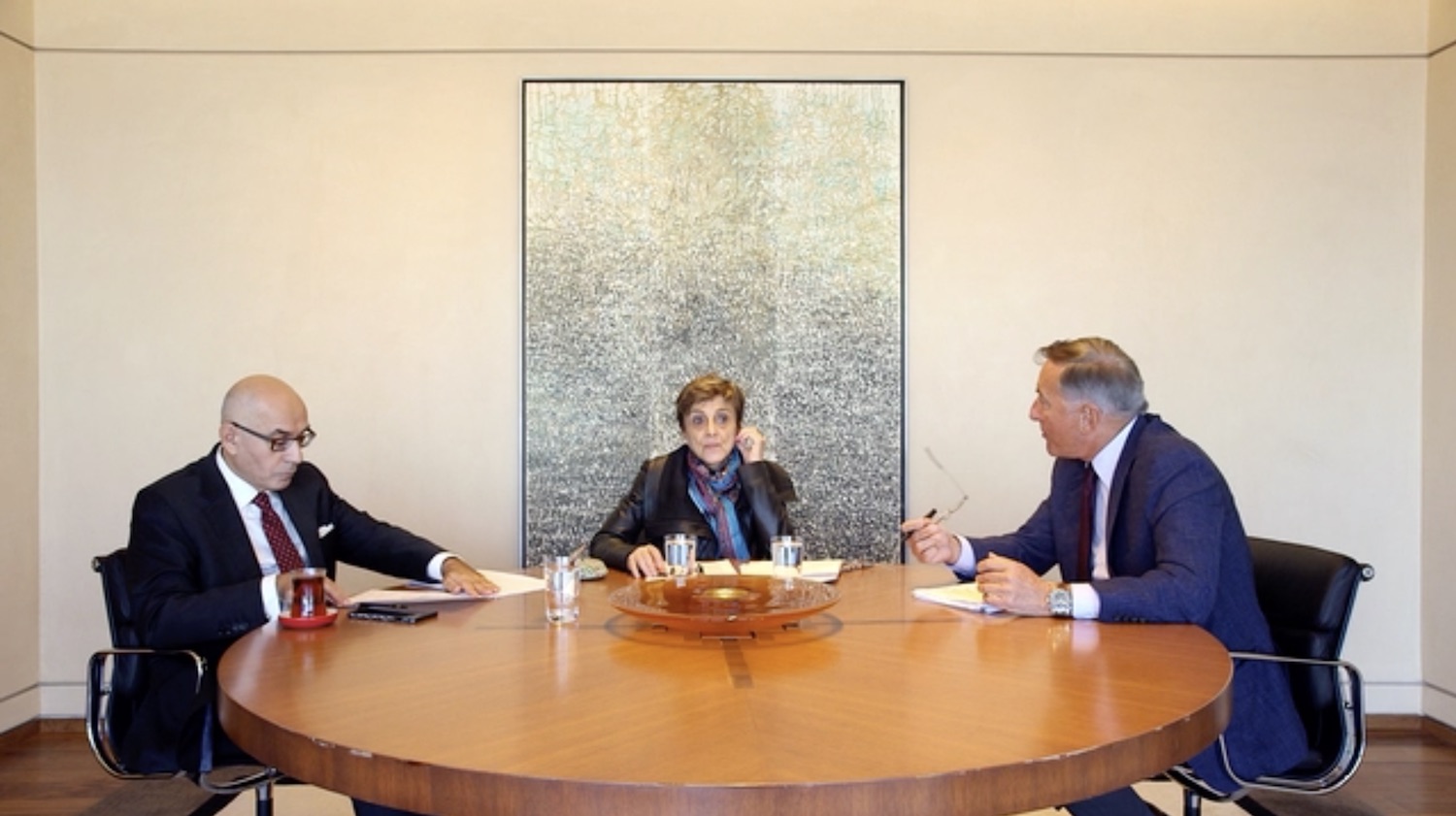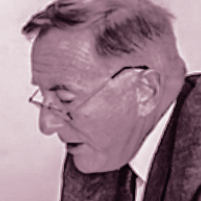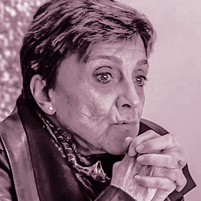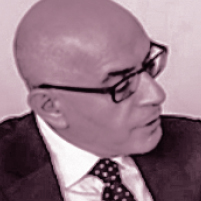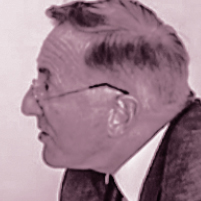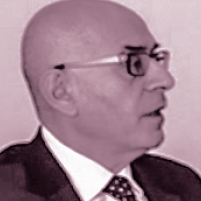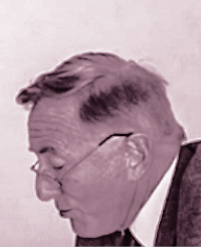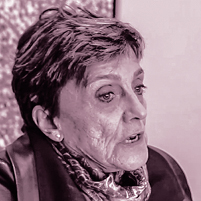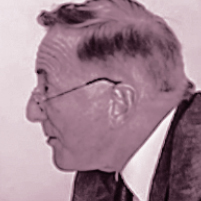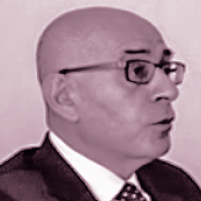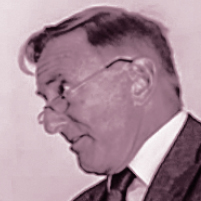There are three principal factors here. One is government. What sort of role does it assume in the field of culture? The second is, who are the producers and consumers of culture? Non-governmental organizations are hugely important here. And finally, as you mentioned, there is local culture. In other words, there is a less formal world of culture produced by certain populations, like the rituals of religious holidays and folk dances.
As far as I can see, governments in Turkey have assumed the role of authority in culture from the very beginning – a claim that has only grown stronger over time. Take the Sanart Aesthetic and Visual Culture Association, for example; until 1995 or so, we received government assistance of one sort or another for our activities. There were also a number of public bodies that offered in kind assistance as well as funding. Public sector experts in theater, exhibitions or museums would provide assistance to us. Or government would arrange for an exhibition to travel to France, for example. But over time such public assistance dwindled to a minimum, especially for the contemporary arts. Government help is now limited to specific ideological activities, and with many other activities it is actively obstructive. When the arts are forced to rely on individual investments, access to culture and the arts becomes restricted to a particular class or income group.
But then I noticed something yesterday, at the Istanbul Biennial: Entrance to the Pera Museum was free, and visitors came from all walks of life. A lady with a headscarf and slippers stood next to a chic lady with her grandchildren, and foreigners, and so on. Which means that modernization is a universal aspiration, and not just for Turkey; regardless of their religious convictions, people want modernization according to their own understanding of what this means. Actually, Turkish society has been open to modernization since the 17th and 18th centuries because culture is open to innovation; culture is constantly changing, constantly growing, constantly renewing itself and nourishing humanity, and this openness is critical. That said, innovation has always faced accusations of disrupting the holy order, whatever that is. In Turkey, there were quantum leaps in the fine arts during World War I and the early years of the Republic. In music, for instance, there was so much innovation! But traditionalists have always attempted to block it all. These fanatical, orthodox segments of society have always lain in wait to pounce whenever major advances take place.
Today, these segments are in ascendancy again. They come to the fore to confront innovation and propose a highly restrictive and insular definition of Turkish culture.
